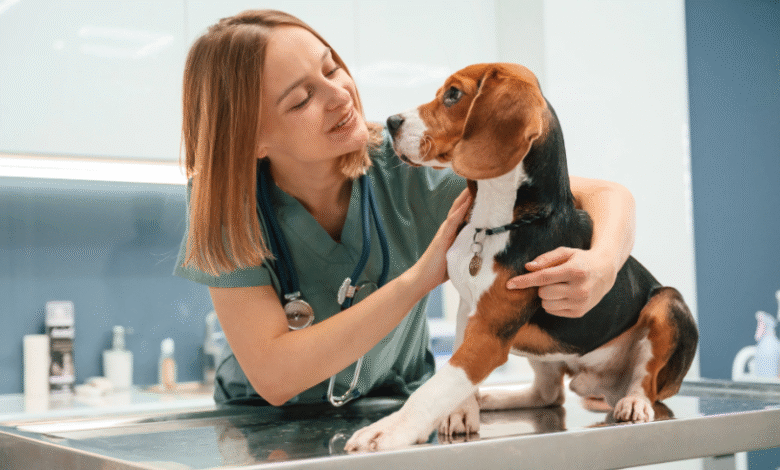Vet Surgery: Essential Insights for Animal Care

Introduction to Vet Surgery
Vet surgery is a critical field within animal care, focusing on surgical procedures designed to improve the health and well-being of animals. Whether treating injuries, correcting congenital issues, or managing diseases, vet surgery plays a vital role in veterinary medicine. Understanding its scope and importance helps pet owners and animal professionals appreciate the complexities involved in animal treatment.
Types of Vet Surgery Procedures
Vet surgery encompasses a wide range of procedures. Commonly performed surgeries include spaying and neutering, which help control animal populations and prevent certain health problems. Soft tissue surgeries address wounds, tumors, and internal organ issues, while orthopedic surgeries focus on bones, joints, and ligaments. Additionally, dental surgeries improve oral health, preventing infections that can affect overall wellness.
Pre-Surgical Evaluation
Before any vet surgery, animals undergo a thorough evaluation. This involves physical exams, blood work, and imaging tests such as X-rays or ultrasounds. These assessments are crucial to determine if an animal is fit for surgery and to identify any conditions that might complicate the procedure. A detailed evaluation helps minimize risks and prepares the veterinary team for potential challenges.
Anesthesia and Monitoring
Administering anesthesia is a fundamental aspect of vet surgery. It ensures that animals undergo surgery without pain or distress. The choice of anesthetic agents depends on the species, age, and health of the animal. During surgery, continuous monitoring of heart rate, respiration, and other vital signs is essential to maintain safety. Proper anesthesia management reduces complications and aids in a smoother recovery.
Surgical Techniques in Vet Surgery
Vet surgery has evolved significantly with technological advancements. Minimally invasive surgeries, such as laparoscopy, reduce the size of incisions, leading to quicker healing and less postoperative pain. Laser technology is also increasingly used for precision and reduced bleeding. These innovations not only improve outcomes but also enhance the overall experience for both animals and their caregivers.
Postoperative Care and Recovery
Recovery after vet surgery is a crucial phase. Animals need close observation for signs of infection or adverse reactions. Pain management, wound care, and appropriate medications are integral to the healing process. Owners must follow veterinary instructions carefully, including limiting activity and providing proper nutrition. Effective postoperative care supports faster recovery and prevents complications.
See also: Ztec100.Com: a Deep Dive Into Tech, Health, and Insurance
Challenges in Vet Surgery
Performing vet surgery involves unique challenges. Different animal species vary widely in anatomy and physiology, requiring specialized knowledge. Communication barriers mean veterinarians must rely on careful observation and diagnostics. Emergency surgeries demand quick decision-making under pressure. Additionally, emotional support for pet owners is often part of the veterinary team’s responsibilities.
Importance of Vet Surgery in Animal Welfare
Vet surgery significantly contributes to animal welfare. It treats injuries and illnesses that could otherwise lead to suffering or death. Preventive surgeries, like spaying and neutering, help control populations and reduce disease risks. Surgical interventions can restore mobility and function, enhancing an animal’s quality of life. Overall, vet surgery is essential for promoting health and longevity in animals.
Conclusion
Vet surgery is a vital component of animal care, offering solutions to a variety of medical issues. Advances in surgical techniques and careful patient management have made these procedures safer and more effective. Understanding the role and process of vet surgery allows pet owners and animal professionals to make informed decisions, ensuring the best care for animals in need.




